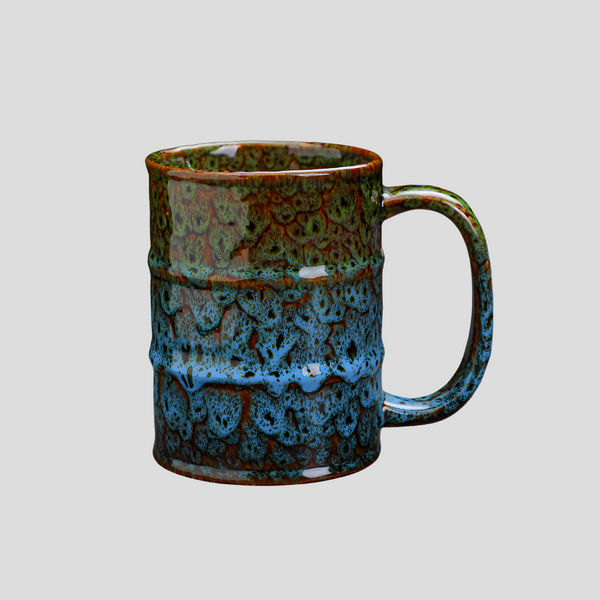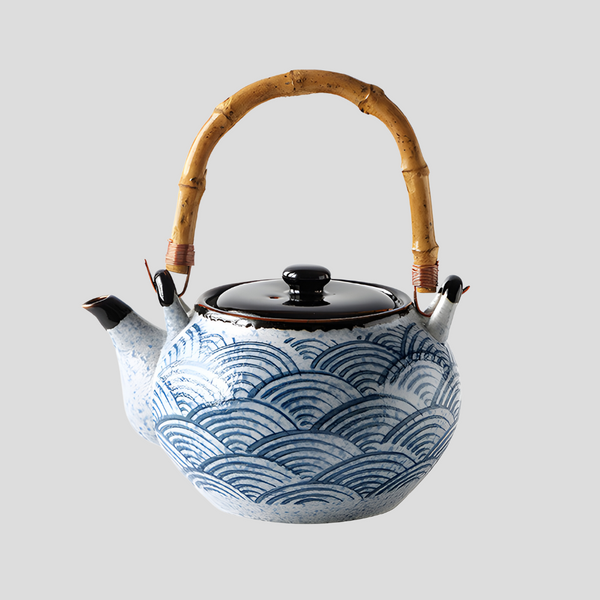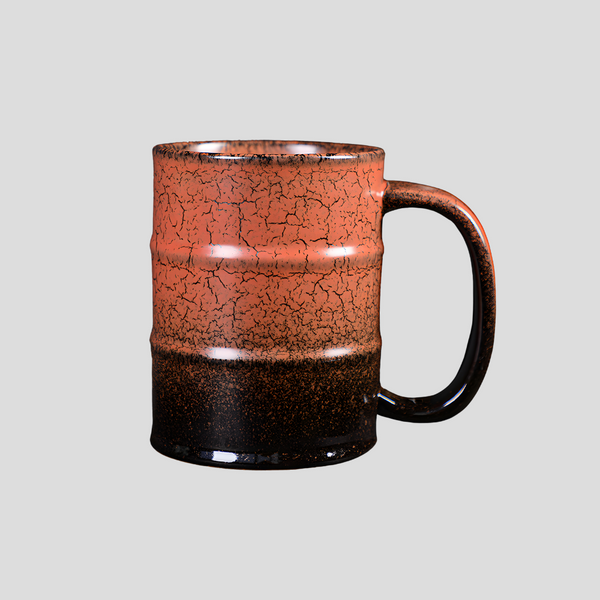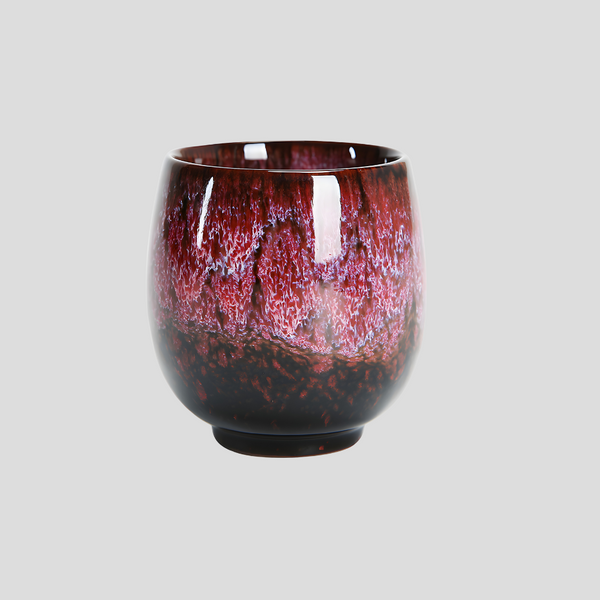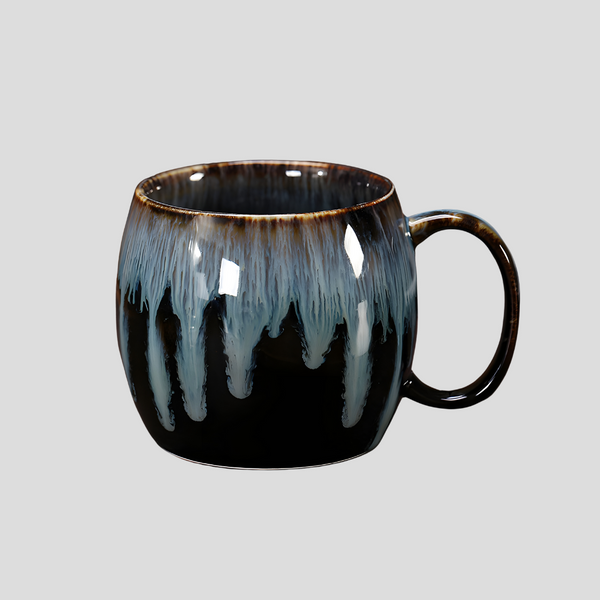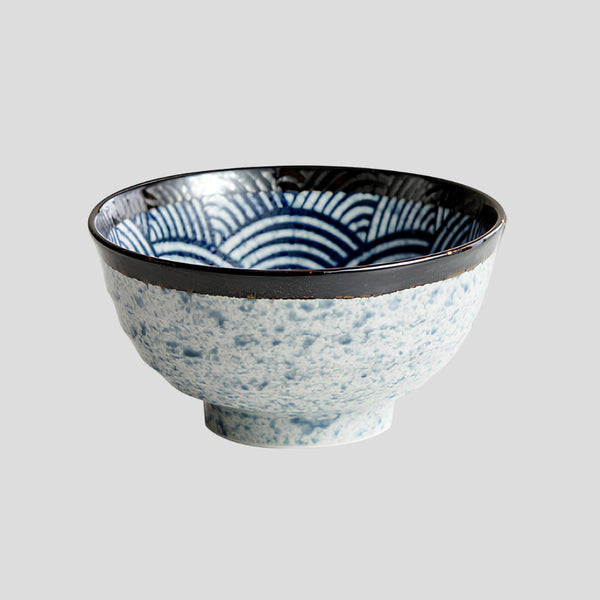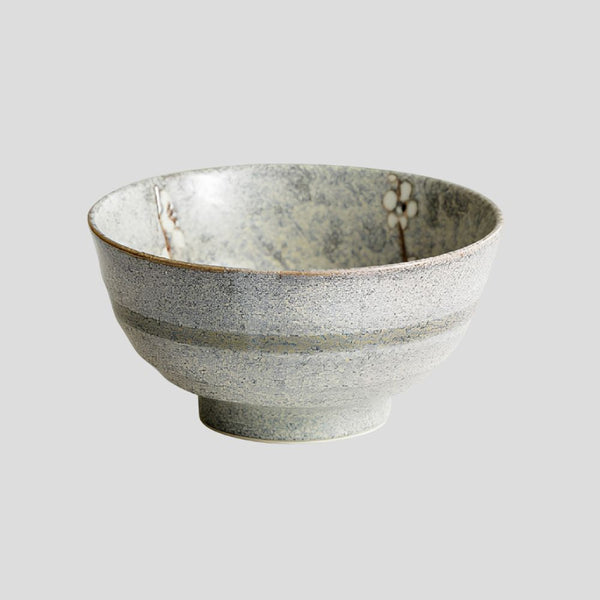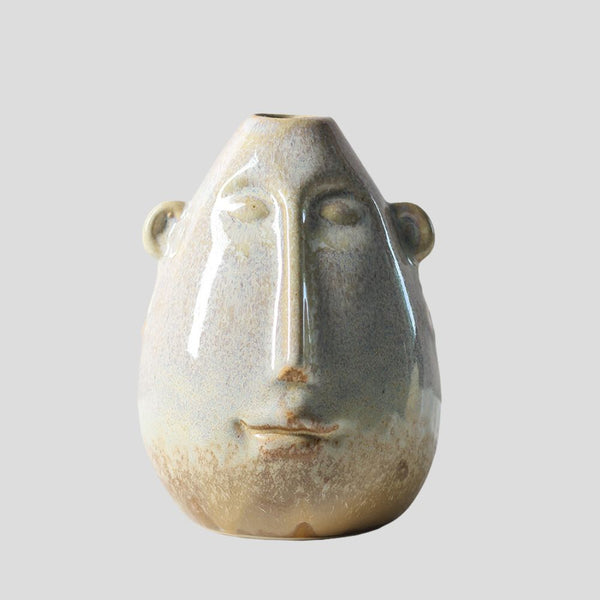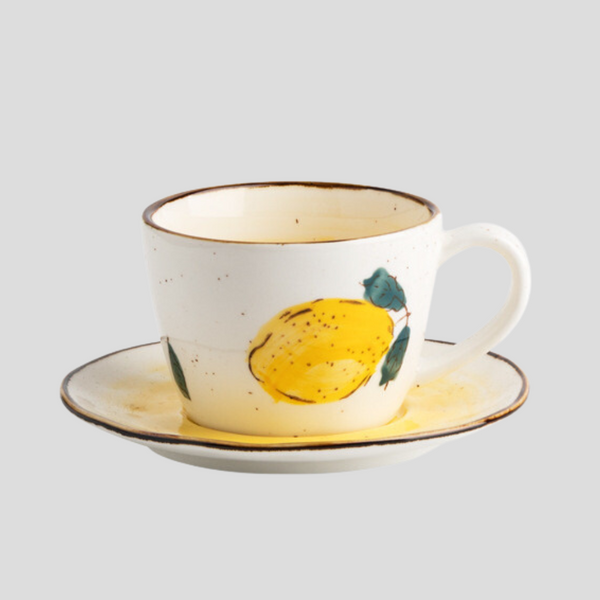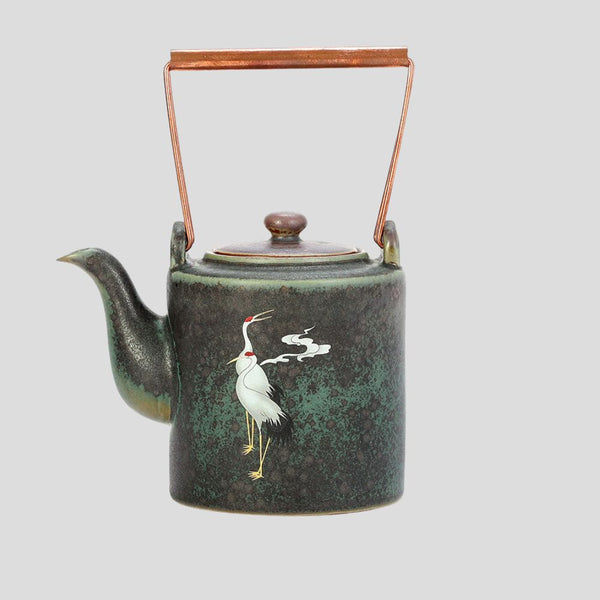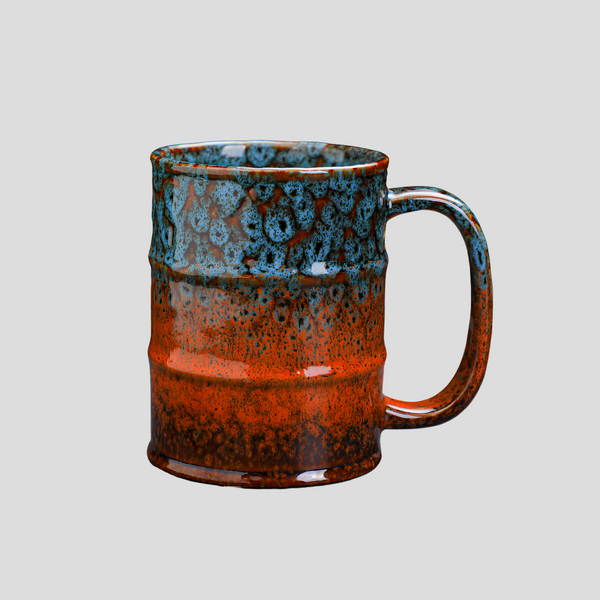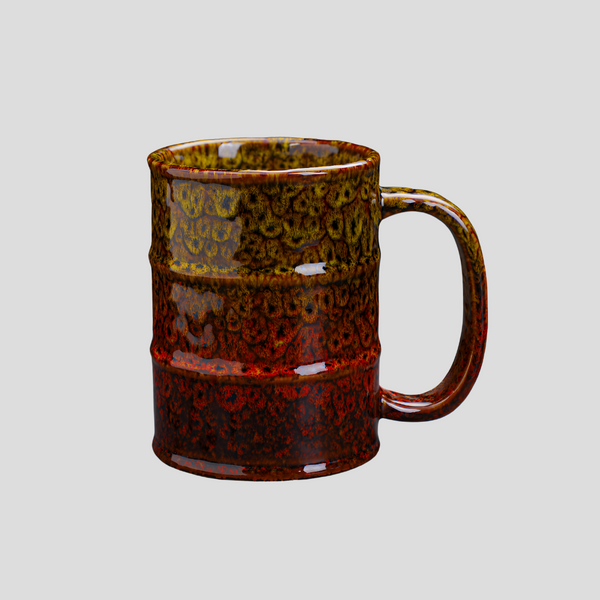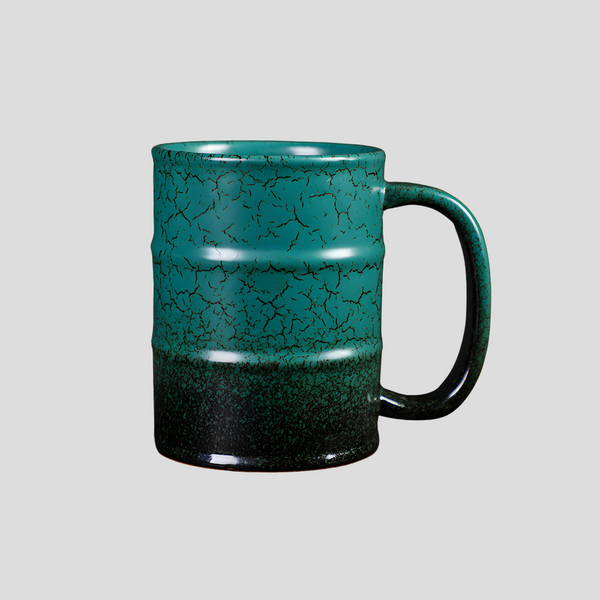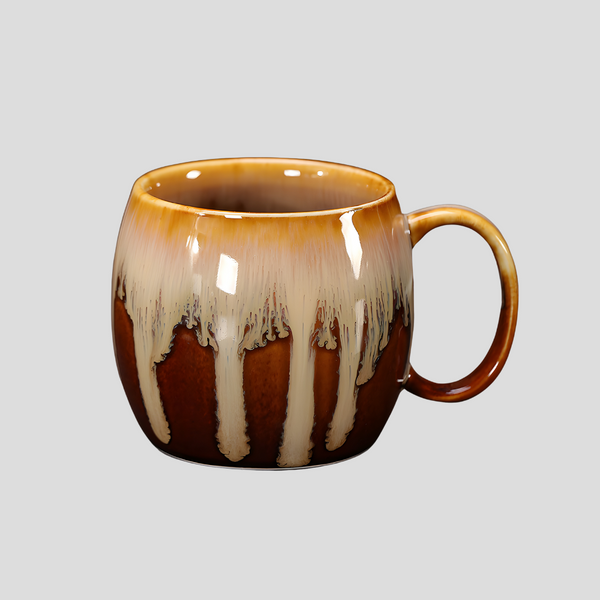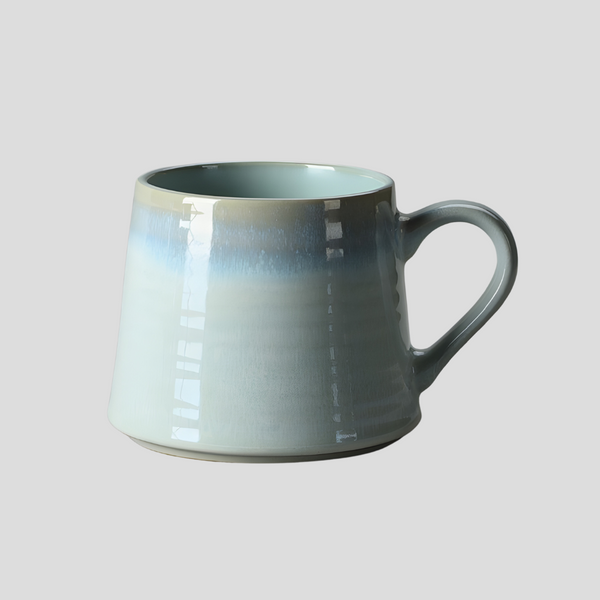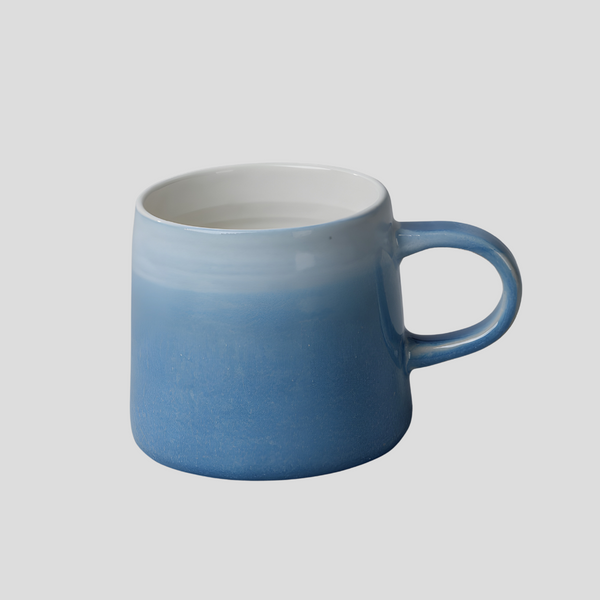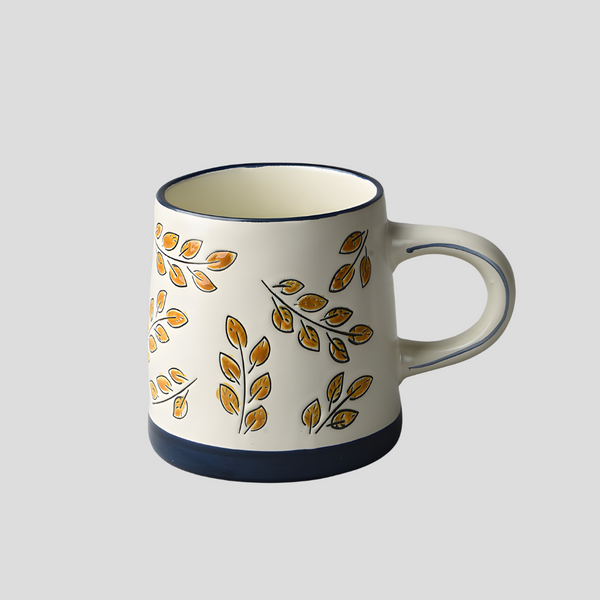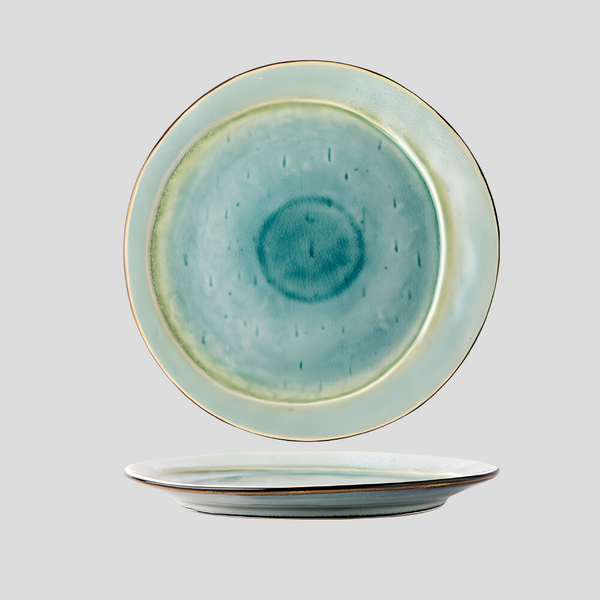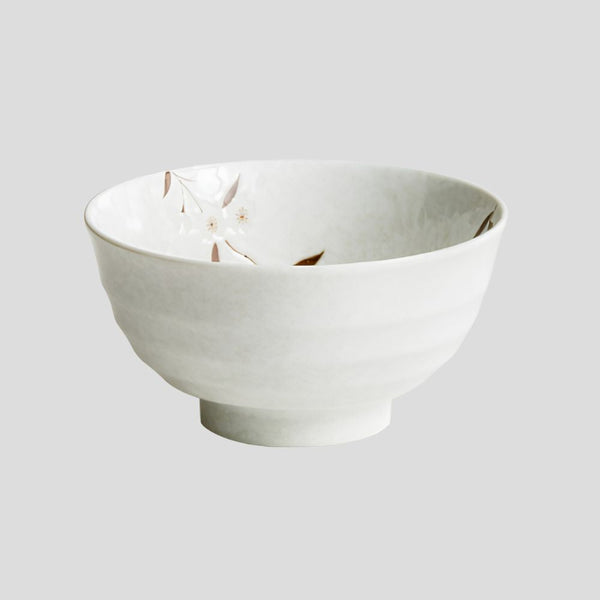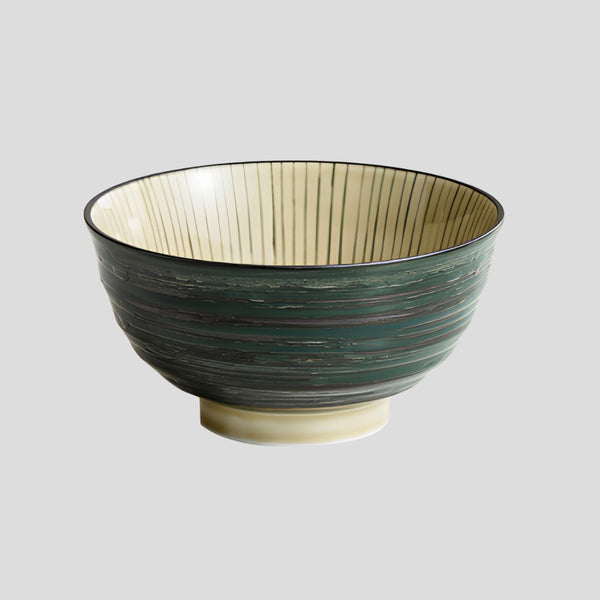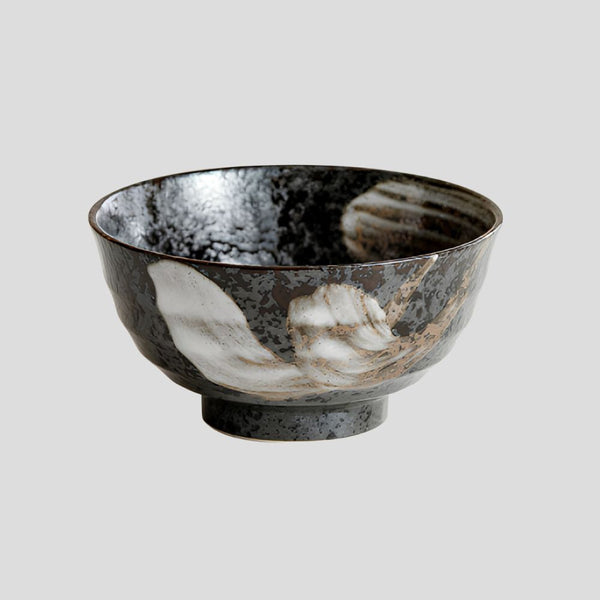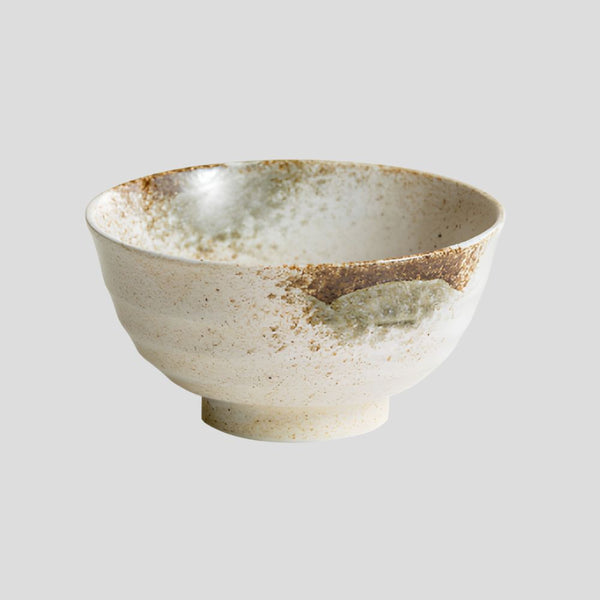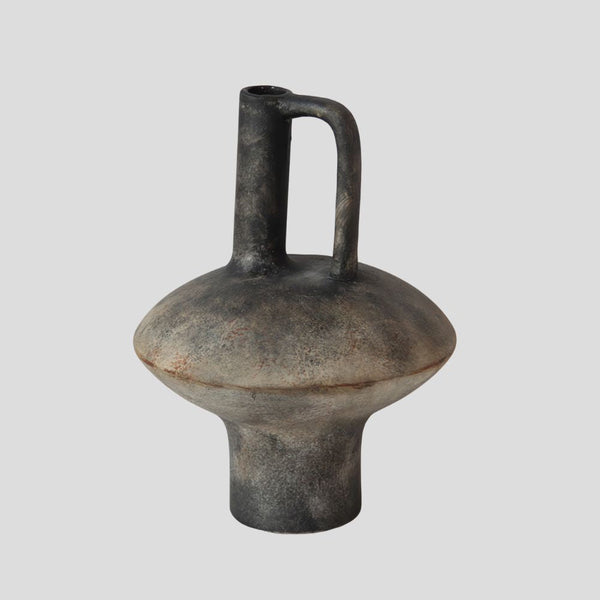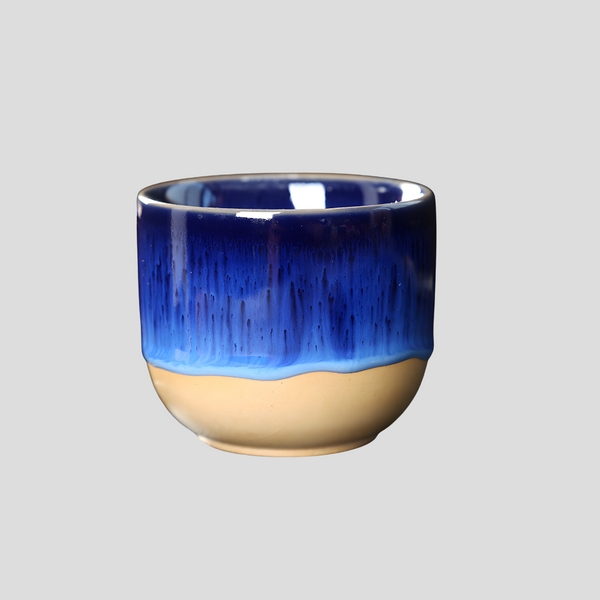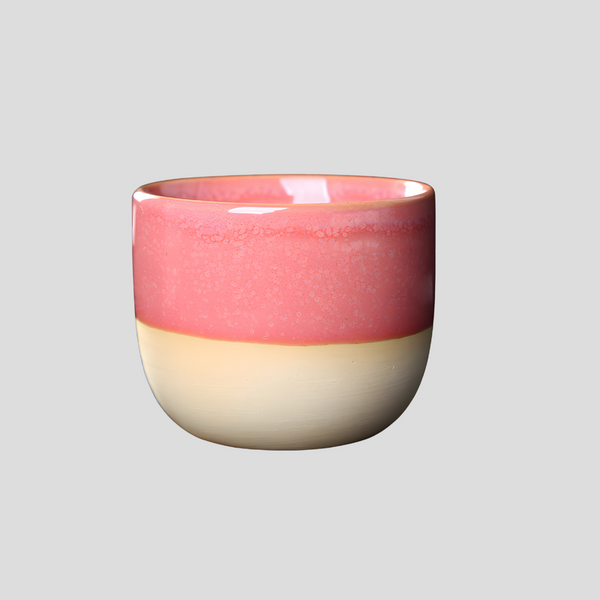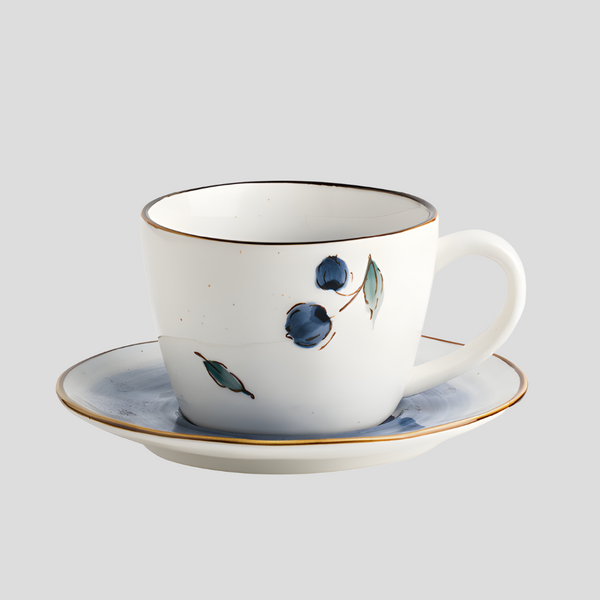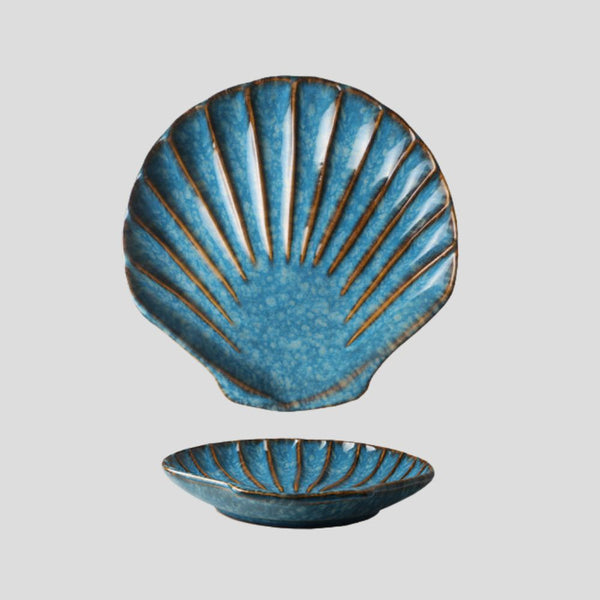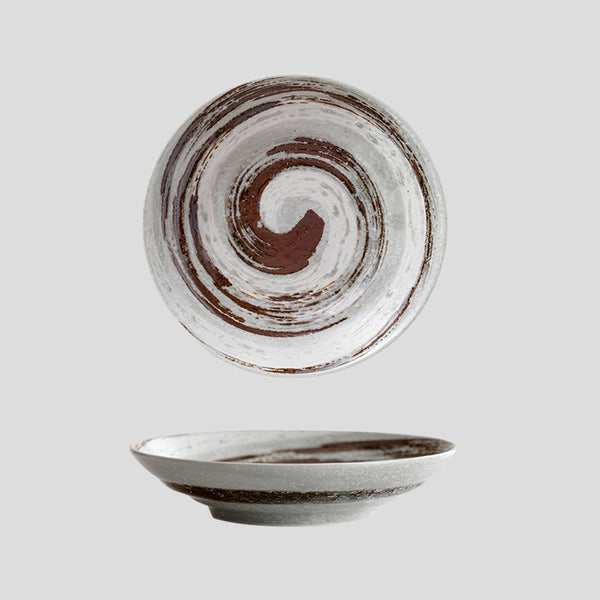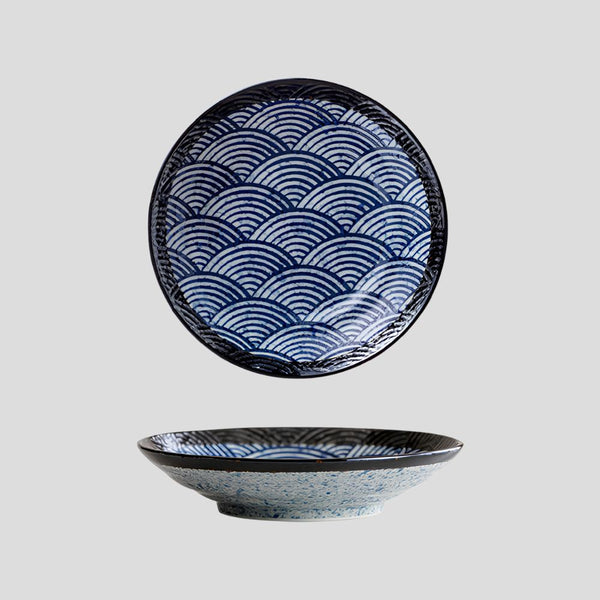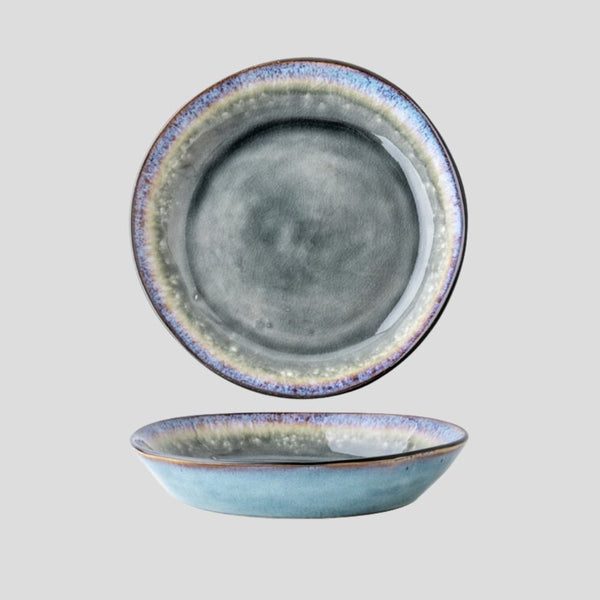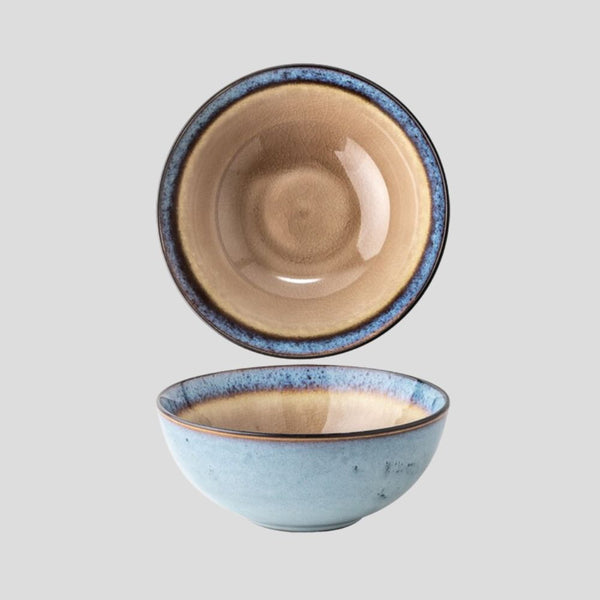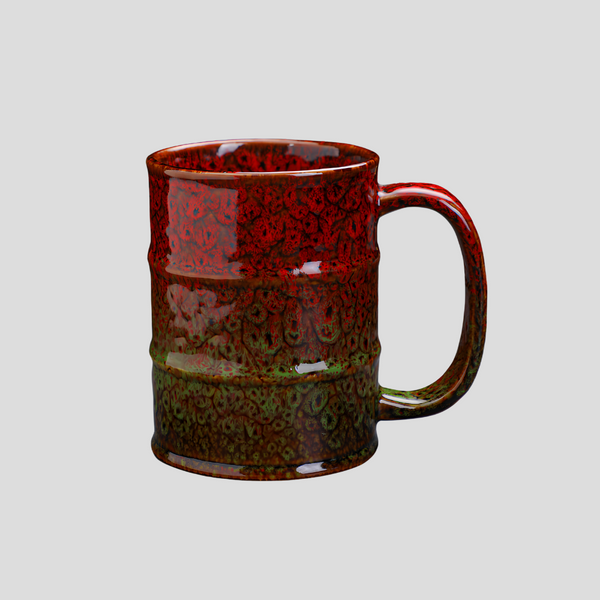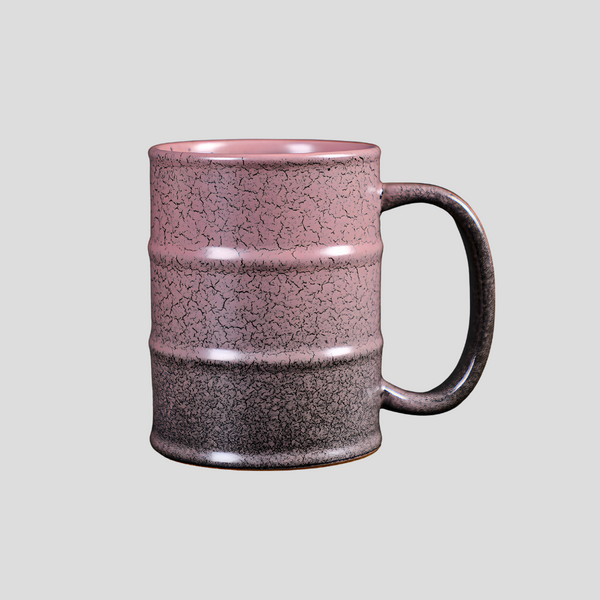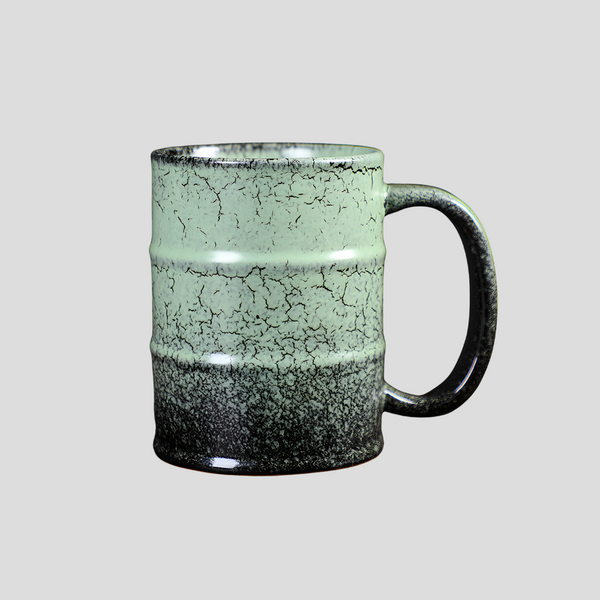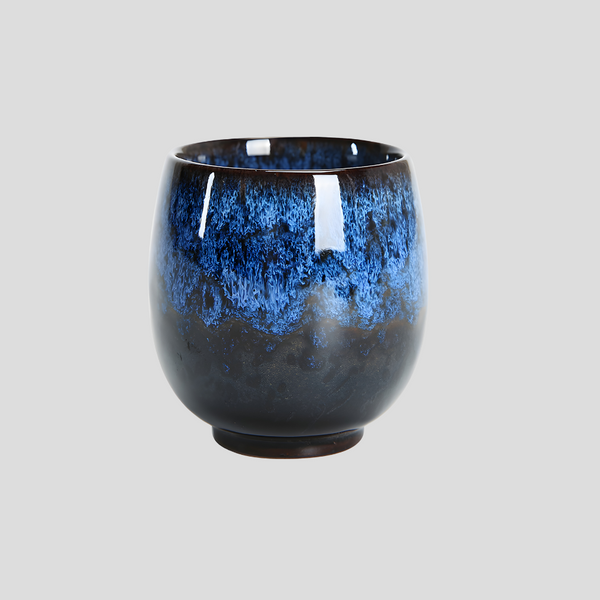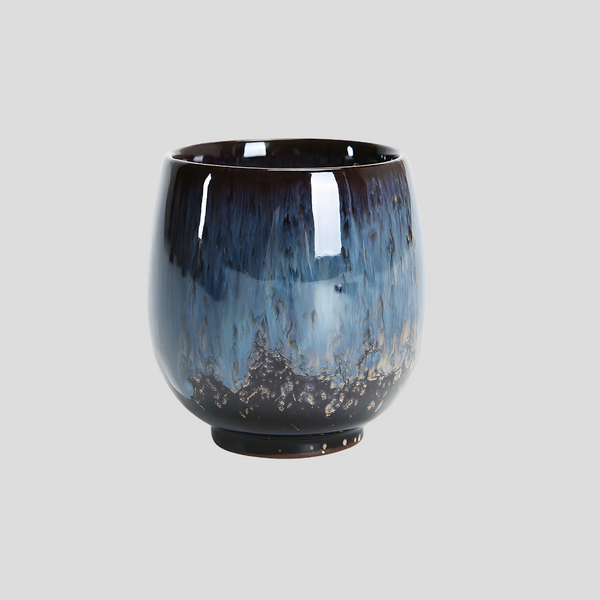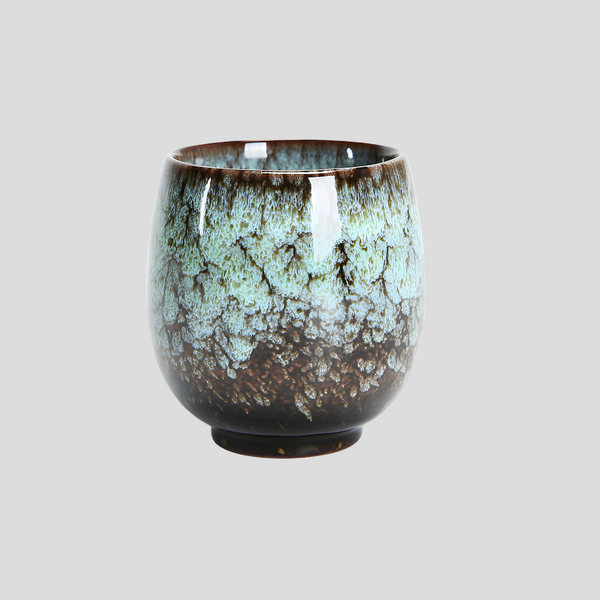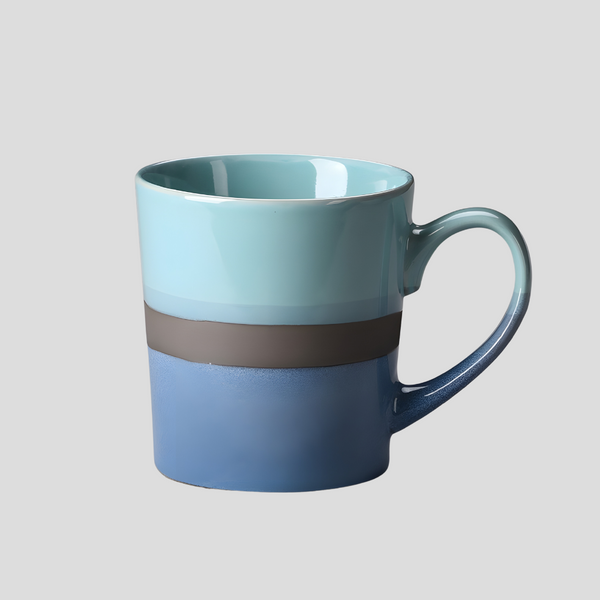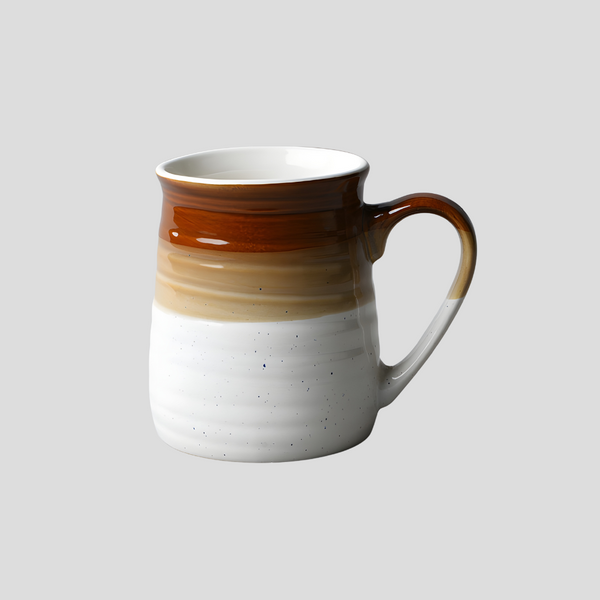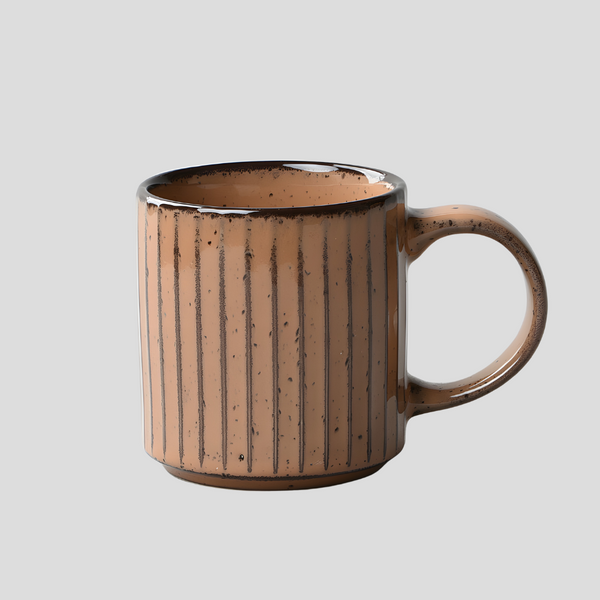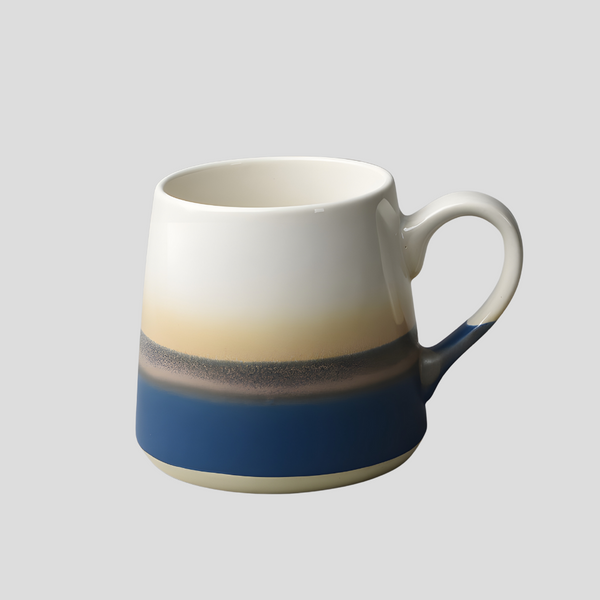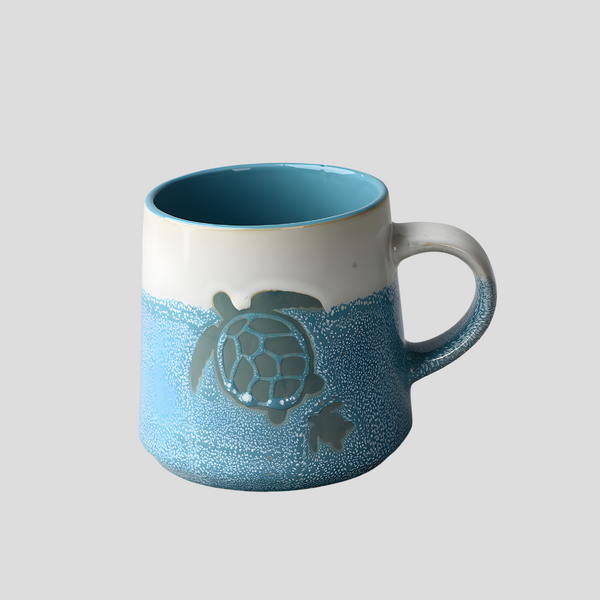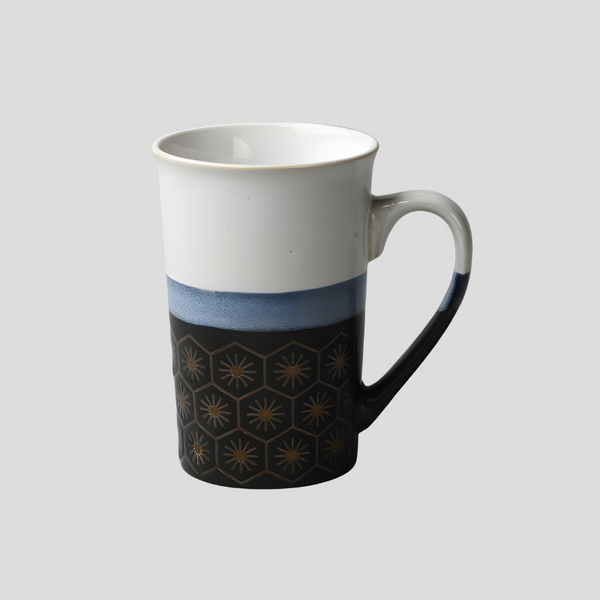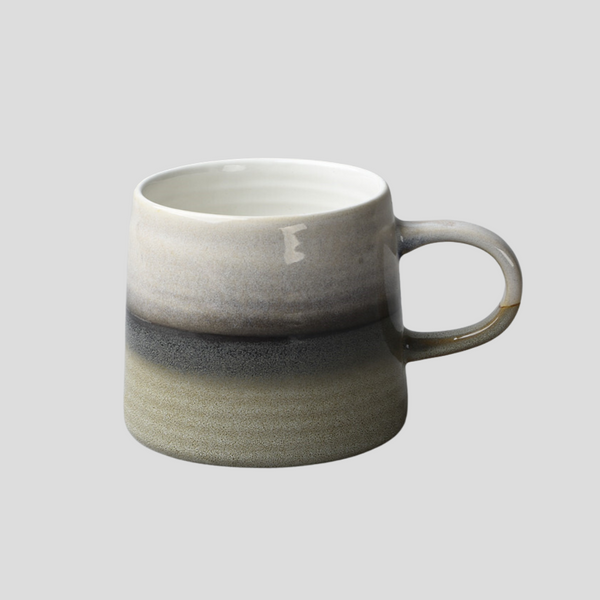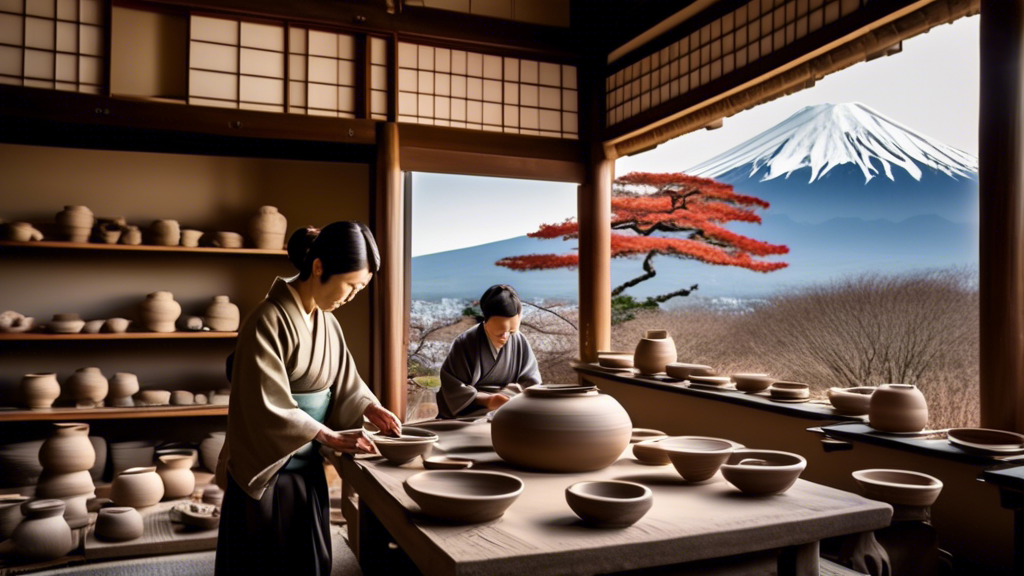
Exploring Ancient Japanese Pottery: A Timeless Tradition
Exploring Ancient Japanese Pottery: A Timeless Tradition
Ancient Japanese pottery plays a pivotal role in the rich tapestry of Japan's cultural history. Renowned for its beauty, artistry, and intrinsic value, this traditional craft provides insight into the lives and philosophies of the Japanese people through various historical periods. Through the exploration of this remarkable art form, we can uncover the timeless tradition that has contributed significantly to world art and continues to inspire curiosity and admiration.
The Origins of Japanese Pottery
Japanese pottery, one of the oldest art forms within the country, traces its roots back to the Jomon period (circa 14,000–300 BCE). Named after the distinctive cord-markings that characterize the ceramics, the Jomon period reveals that pottery was primarily used for practical purposes such as cooking, storing, and serving food. These early creations are notable for their varied shapes and imaginative designs, which were often inspired by nature.
The Asuka and Nara Periods: The Introduction of the Potter's Wheel
Advancements in Japanese pottery are significantly noted during the Asuka (538-710) and Nara (710-794) periods with the introduction of the potter's wheel, a technology likely introduced through exchanges with the Korean Peninsula. This period marks a shift towards more uniform and sophisticated ceramics, with the technology allowing potters to produce wares more efficiently and with thinner walls. The introduction of glazing techniques also occurred during this era, adding a decorative and functional dimension to pottery that protected the clay and enhanced its appearance.
The Influence of Chinese Ceramics
The admiration for Chinese ceramics during the Tang (618-907) and Song (960-1279) dynasties prompted Japanese artisans to develop new pottery styles and techniques. The import of Chinese celadon, a type of ceramic with a distinctive green glaze, in particular, had a profound influence on Japanese pottery, inspiring local potters to emulate the style while injecting their unique aesthetic preferences.
The Development of Distinct Japanese Styles
By the time of the Momoyama period (1573–1603), Japanese pottery had evolved into a highly refined art form, with distinct styles emerging in various regions of the country. This period saw the rise of famous pottery styles such as Raku, Hagi, and Karatsu, each characterized by unique glazing techniques and clay types. The Raku style, developed for the tea ceremony, emphasizes simplicity and natural beauty, embodying the wabi-sabi aesthetic that celebrates imperfection and transience.
The Legacy Continues: Modern Japanese Pottery
In modern times, Japanese pottery continues to be celebrated both domestically and internationally. Artisans preserve the techniques and styles of ancient pottery while also experimenting with new materials and methods. Contemporary Japanese potters respect the traditions of their craft, maintaining the integrity of a cultural practice that has been passed down through generations. Today, Japanese ceramics are not only valued for their utility but also as works of art that represent a synthesis of centuries-old traditions and modern innovation.
Conclusion
The exploration of ancient Japanese pottery reveals a continually evolving art form that beautifully encapsulates Japan's history and cultural heritage. From the earliest Jomon pots to the refined ceramics of the Momoyama era, each piece tells a story of artistic endeavor and social change. Through their timeless beauty and enduring appeal, ancient Japanese ceramics continue to fascinate and inspire, bridging the past with the present and future.
Click this link to check out our ceramic artwork!